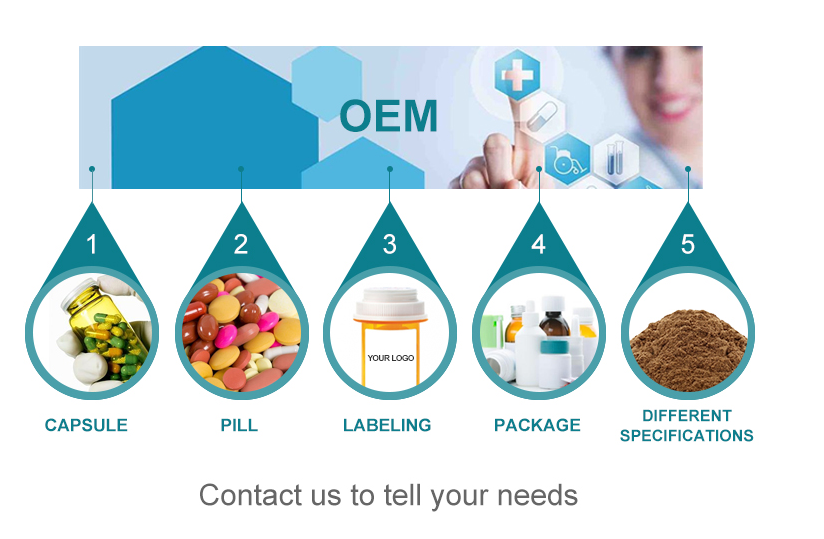Some operators failed to properly maintain batteries after decommissioning agricultural vehicles like combine harvesters and four-wheel tractors. As a result, the batteries became frozen and difficult to repair or recycle. To avoid this issue during winter, it's important to take proper storage measures for batteries.
When storing batteries in a greenhouse or other facility, they should be kept in a room with a temperature above 0°C, and not placed directly on the floor. Before storage, clean the battery’s exterior, ensure the electrolyte level is adequate, and fully charge the battery. Every two months, perform a top-up charge. Check the electrolyte level every two weeks, and add more if necessary. This will help keep the battery in good condition throughout the winter.
Adjusting the electrolyte concentration can also prevent freezing. The electrolyte is a mixture of water and sulfuric acid. A higher concentration of sulfuric acid increases the specific gravity of the electrolyte, which lowers its freezing point. Based on local winter temperatures, choose an appropriate electrolyte density to prevent freezing.
It's important to keep the battery charged during winter. If the battery discharges beyond 50%, the electrolyte becomes vulnerable to freezing. Therefore, never let the discharge level exceed 50%. Regularly check the battery’s charge status and recharge it as needed to maintain performance.
The temperature of the electrolyte significantly affects battery capacity. For every 1°C drop in ambient temperature, the battery’s capacity may decrease by 1% to 2%. To counteract this, store the vehicle indoors or move the battery to a warm area above 0°C when not in use.
When adding distilled water to the battery, make sure it is mixed thoroughly with the electrolyte. If added too late, the water may sit on top and freeze. To avoid this, charge the battery immediately after adding distilled water, or mix it while charging so that the solution blends quickly and doesn’t freeze.
Finally, regularly inspect and start the system. Adjust the voltage regulator to increase the charging voltage to around 0.60V. Avoid starting the engine for more than 3–5 seconds at a time. Wait one minute before attempting to start again. Prolonged starting can damage both the starter motor and the battery. Routine checks and careful handling are essential for maintaining battery health in cold weather.
Ketoconazole is an imidazole antifungal drug. Its mechanism of action is to inhibit the biosynthesis of ergosterol in fungal cell membrane, affect the permeability of cell membrane and inhibit its growth. Ketoconazole can be used for the treatment of superficial and deep fungal diseases, such as skin and nail ringworm, vaginal candidiasis, gastrointestinal fungal infections, and systemic infections caused by Candida albicans, coccoides, histoplasmosis, etc. The treatment of chronic and recurrent candidiasis vaginalis was ineffective by local treatment.
It is used to prevent and treat patients who are susceptible to fungal infection due to the reduction of immune function (heredity and caused by disease or drug).

Product Name: Ketoconazole Powder
Specification: 99%
Appearance: White powder
CF:C26H28Cl2N4O4
molecular weight : 531.431
CAS: 65277-42-1

Ketoconazole is an imidazole antifungal drug. Its mechanism of action is to inhibit the biosynthesis of ergosterol in fungal cell membrane, affect the permeability of cell membrane and inhibit its growth. Ketoconazole can be used for the treatment of superficial and deep fungal diseases, such as skin and nail ringworm, vaginal candidiasis, gastrointestinal fungal infections, and systemic infections caused by Candida albicans, coccoides, histoplasmosis, etc.
Why Choose us?

Product Recommended
Cisapride Capsule,Acepromazine Maleate,Ketoconazole Powder,Selenium Sulfide
Xi'an Tian Guangyuan Biotech Co., Ltd. , https://www.tgybiotech.com